Navigating living arrangements after divorce with kids can be challenging, especially as parents also have to decide how to share the decision-making responsibility. They must determine whether to agree on joint custody or for one parent to take on sole custody.
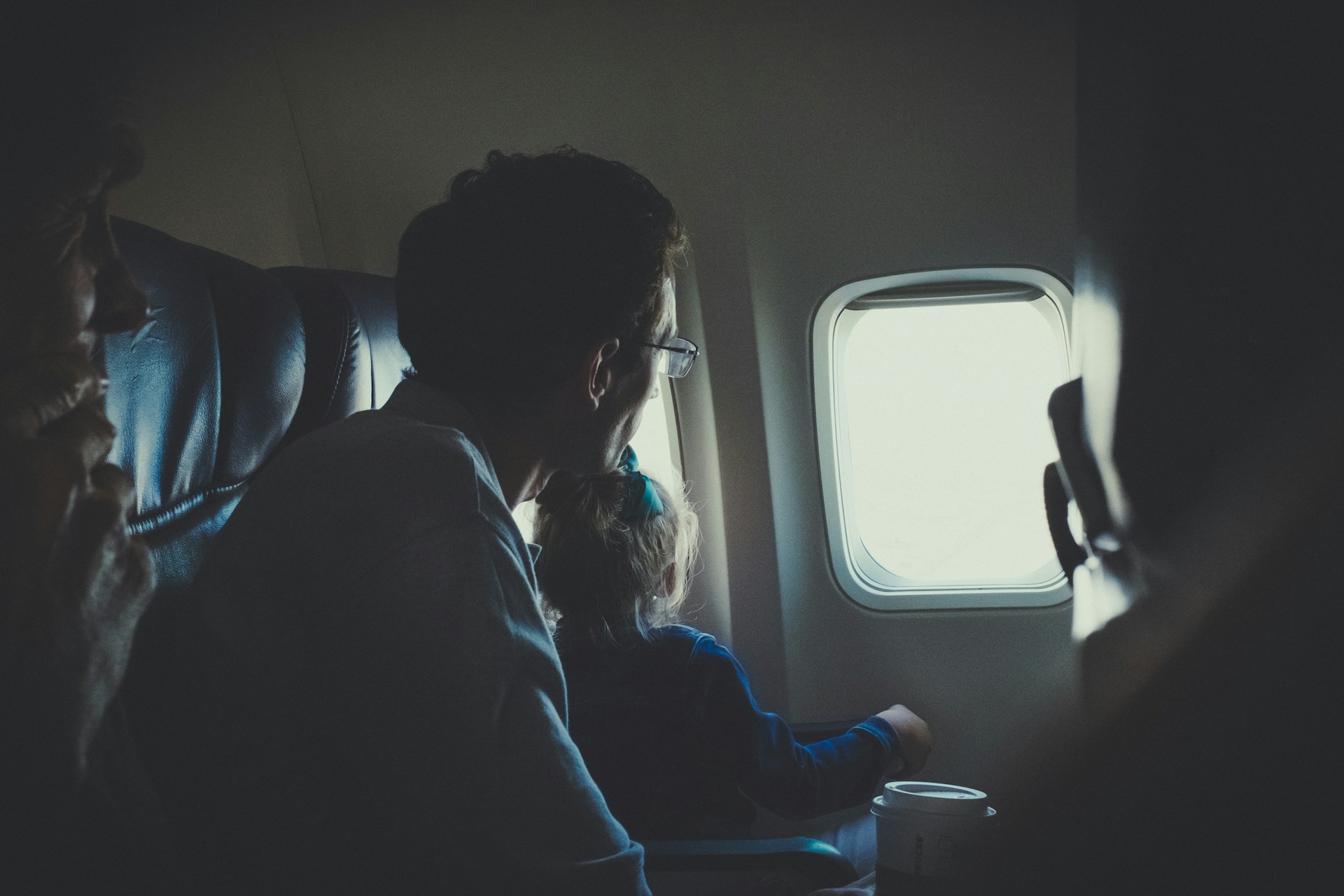
Living Arrangements for Children After Divorce
Living arrangements and decision-making responsibility usually go hand in hand in practice, but they don’t theoretically have to. Let’s get into more details on living arrangements for the children after separation and divorce of their parents.
Hi, I’m Jovana, a Clinical Social Worker. Everything I share is based on years of formal education, research, and practical experience working with a justice system supporting parents and children go through the divorce process feeling safe and secure – even when family dynamics change – making confident decisions pre, during, and post divorce.
LIVING ARRANGEMENTS AFTER SEPARATION AND DIVORCE WITH KIDS

Living arrangements after separation and divorce in practice and real life USUALLY depend on whether parents have agreed to share the decision-making responsibility, in the case of joint custody, or if one parent will exercise this independently, in the case of sole custody. However they don’t have to because it is possible that a child lives with both parents (in both homes) while only one of them caries the decision-making responsibility.
Let’s explore the most important facts about them and the difference between joint and sole custody.
JOINT CUSTODY: LEGAL AND PHYSICAL OPTIONS
When circumstances support joint custody, parents have two primary choices:
- Legal Joint Custody
- Physical, Actual Joint Custody
No matter if joint custody is an actual physical joint custody (where a child has two homes) or not, parents work together to maintain a stable and nurturing environment for their child.
In the case when joint custody is an option, parents can live separately, with the child residing physically with one parent. However, both parents can have decision-making responsibilities on all matters related to the child’s upbringing, education, health, and overall well-being.
This arrangement allows both parents to be involved in the child’s life while living separately.
Physical, Actual Joint Custody
In physical, actual joint custody, parents share daily responsibilities in a way that resembles their co-parenting style before separation. Here, the child has two homes and alternates between the two, with each parent contributing actively to their care. However, in this case, it’s also mandatory to define the child’s residence.
This type of custody maintains close parental involvement, as both parents continue to care for the child directly, even though they live in separate households.
For physical joint custody to be effective and in the best interest of the child, certain conditions generally need to be met:
- Physical proximity of the two homes: Both households should be close enough to allow the child an easy transition between them.
- School continuity: The arrangement should ideally allow the child to stay at the same school, preserving stability in their education and social life.
- Social environment: Physical joint custody should support the child in remaining within their established social circles and familiar environment, helping them feel secure.
- Avoiding exhaustion: The arrangement should avoid overburdening the child, ensuring they’re not subjected to excessive travel, long commutes, or fatigue from constant transitions.
Read: DIVORCE: WHAT IF A CHILD PREFERS ONE PARENT (HOW TO RESPOND).
SOLE CUSTODY
The main difference between joint custody and sole custody lies in the decision-making process (authority). While sole custody allows the custodial parent to make decisions independently, joint custody requires both parents to make significant decisions collaboratively or they can be divided in some way.
However, even in sole custody, the non-custodial parent still has a role in making decisions on significant matters affecting the child’s life, such as:
- Child’s education: Both parents discuss decisions about school choice and general educational direction.
- Major medical procedures: Both parents must agree on any serious medical interventions that could affect the child’s health long-term.
- Disposal of a child’s assets (Managing valuable belongings owned by the child): Both parents must jointly agree on managing valuable belongings owned by the child, especially if they hold significant financial or sentimental value.
- Change of residence: Any decision that involves relocating the child, which would impact their daily life or routines, also requires both parents’ consent.
Once children reach an age where they can legally make these decisions on their own (usually around 14 to 16 years old, depending on local laws), they may no longer require parental decision-making on these matters.
However, all younger children should still be involved in the decision making process to a ‘reasonable degree’, in ways that suit their age and level of maturity. The Convention On The Rights Of The Child from 1989 guarantees them this right in its article number 12. You can find it here.
Sole custody is usually followed by a living arrangement where children live with the parent who hold the (greater) decision-making responsibility, but legally and theoretically speaking that doesn’t need to be the case.
Defining how decision-making responsibility will be divided between you and your co-parent is not an easy call for you, since you’re one of those parents who care deeply about your child’s needs and well-being. Having someone like you in mind I’m delivering a FREE 3-day mini crash course 5 Steps To Ensure Your Child Feels Safe And Protected During A DIVORCE. Enable them to thrive not only survive, by supporting them to adjust successfully during this transitional period. Sign up below:
Latest Posts:
- Special Gifts to Let Someone Know You’re Thinking of Them (13)

- 100 Ways to Challenge Yourself (Without Stretching Yourself Too Thin)

- What To Do When Your Parent Struggles With Alcohol

- How To Navigate Moving to a New Home With Your Kids

- Prenups for Young Couples (A Modern Approach)

- What Happens When You Sign A Prenup (Relationship-Wise + Legally)

FINAL THOUGHTS ON LIVING ARRANGEMENTS AFTER DIVORCE WITH CHILDREN
The choice between joint and sole custody or legal and physical joint custody ultimately depends on the family’s unique circumstances and what will best support the child’s well-being. Meeting these conditions helps to ensure that both parents can remain actively involved in the child’s life without compromising stability, routine, or their emotional well-being.
I hope you found this helpful and if you’re interested in learning how to divorce without hurting your child, read my posts that covers 6 principles to stick to. Here it is:

Note: Although I am a Clinical Social Worker, engaging with this website does not establish a professional social worker-client relationship. The information provided here is for general purposes only and should not be considered professional advice. While we strive to ensure accuracy and reliability, this content is not a substitute for professional guidance. For specific concerns, issues, or situations, it is essential to consult a qualified professional and present your situation. Read the full Disclaimer here.
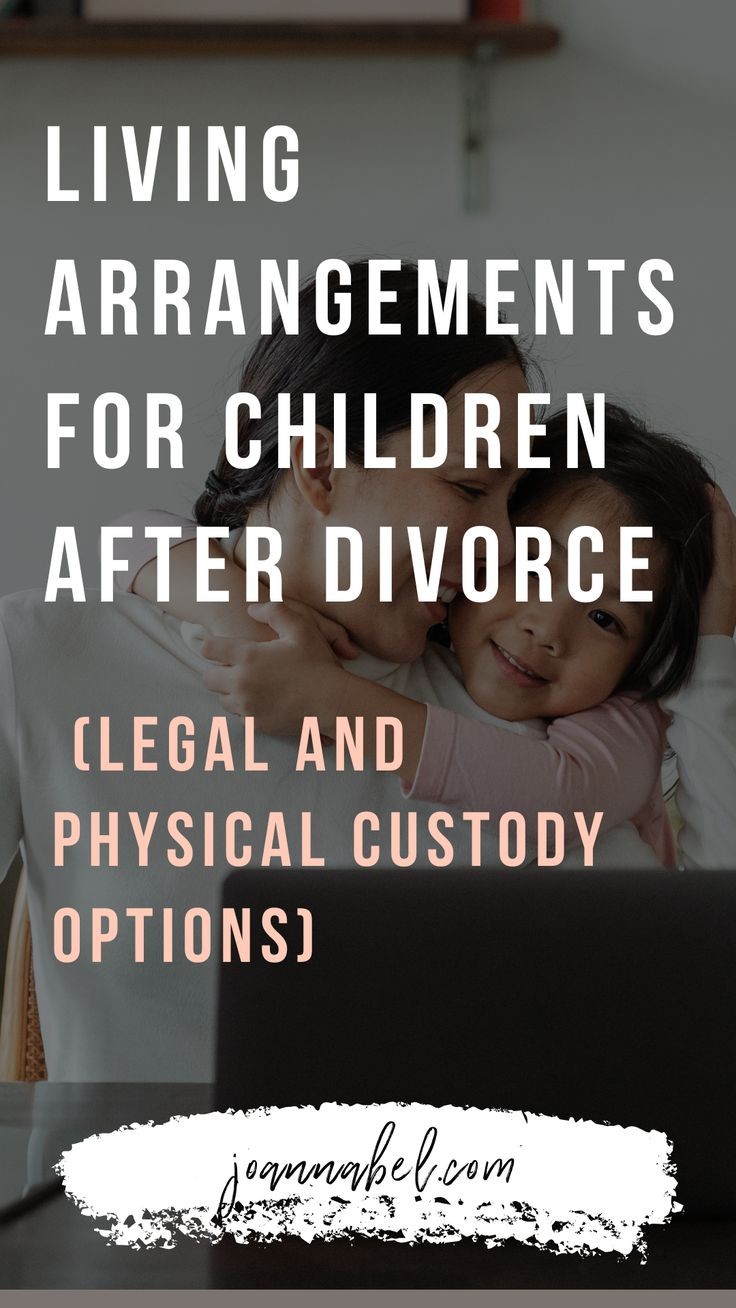
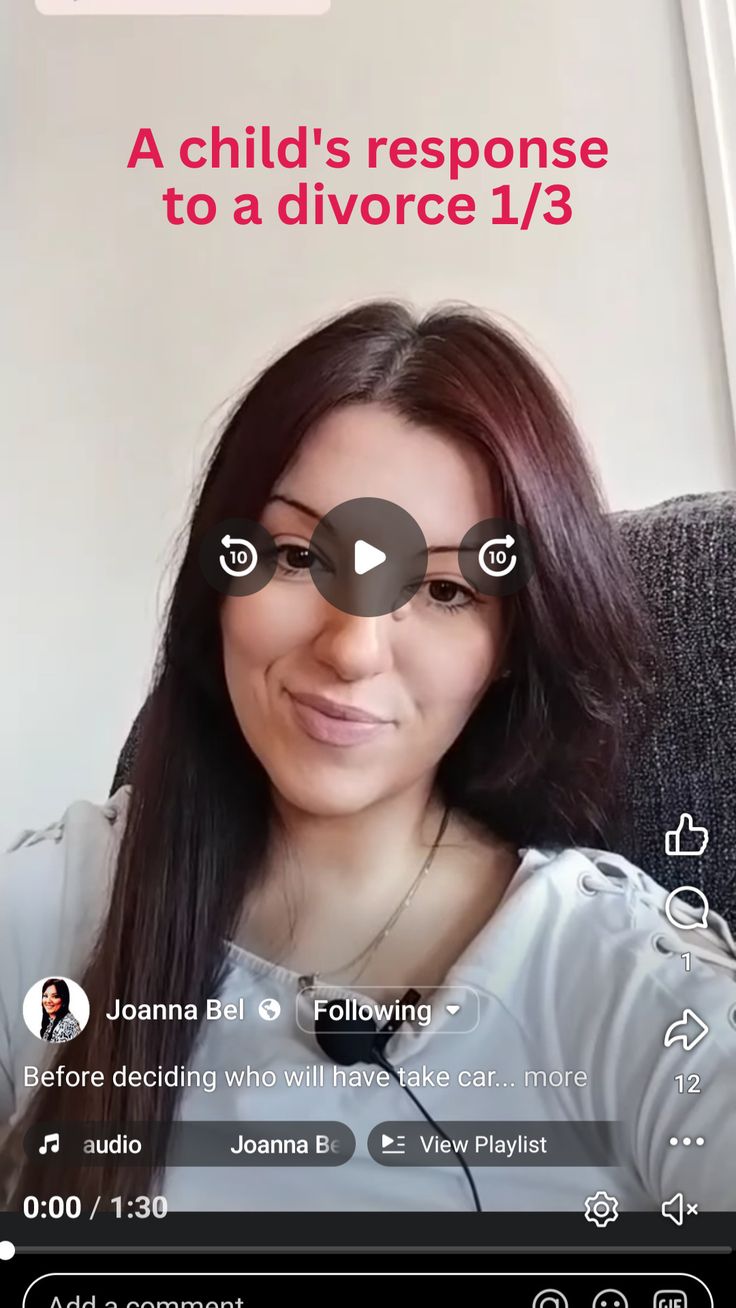
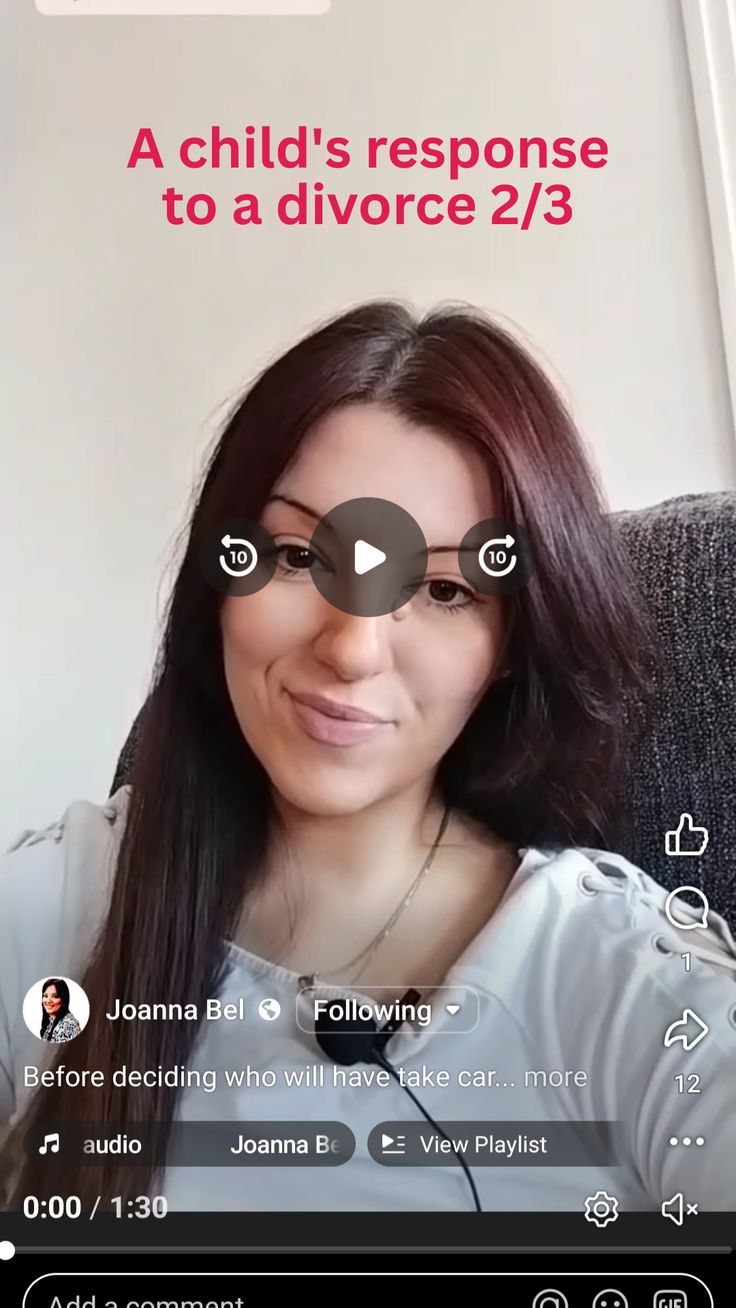
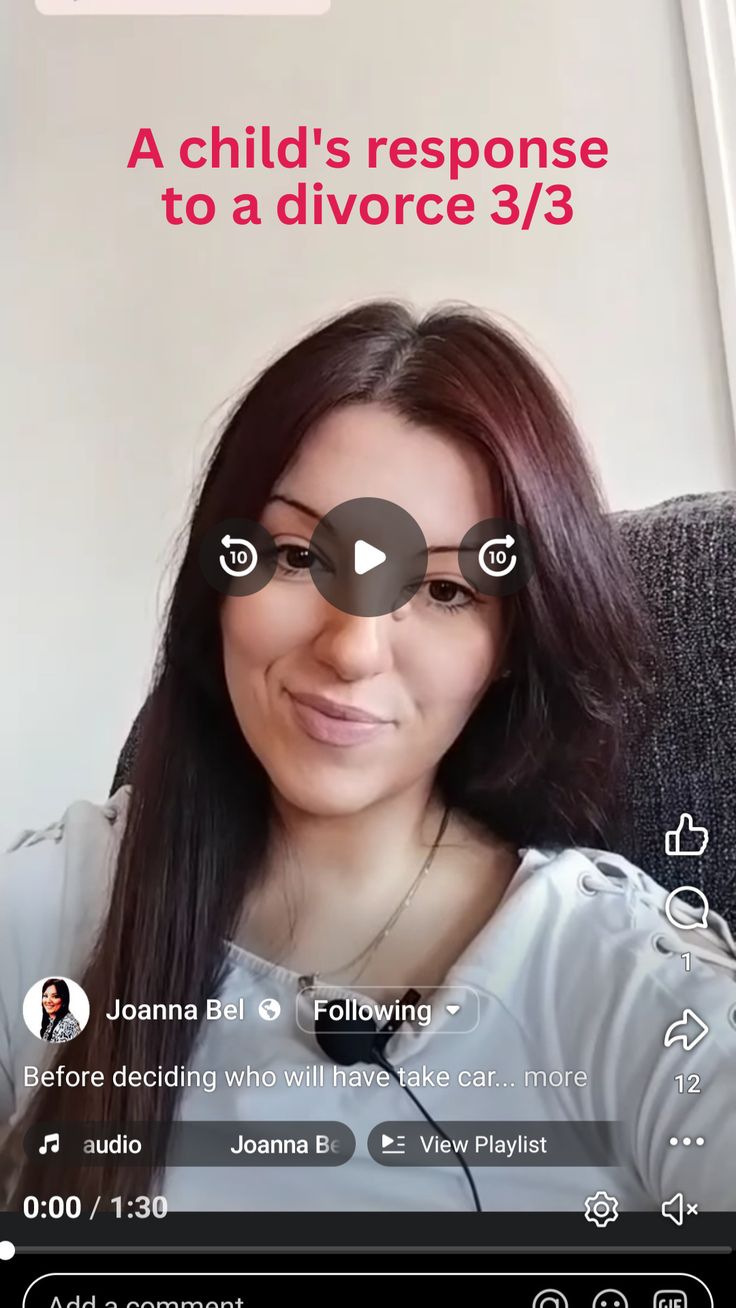




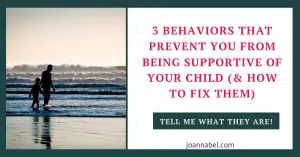

Leave a Reply